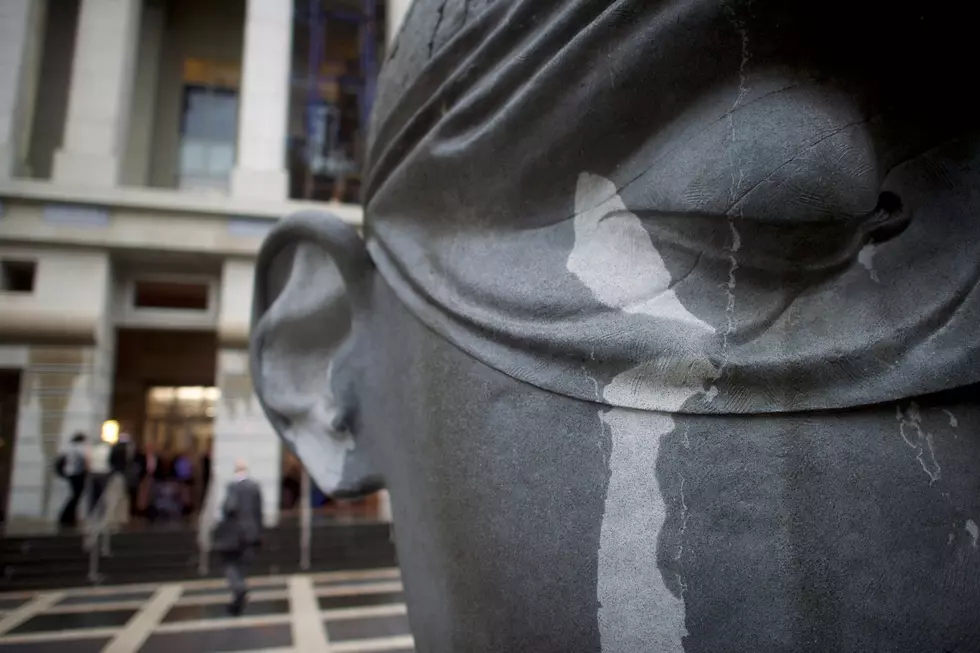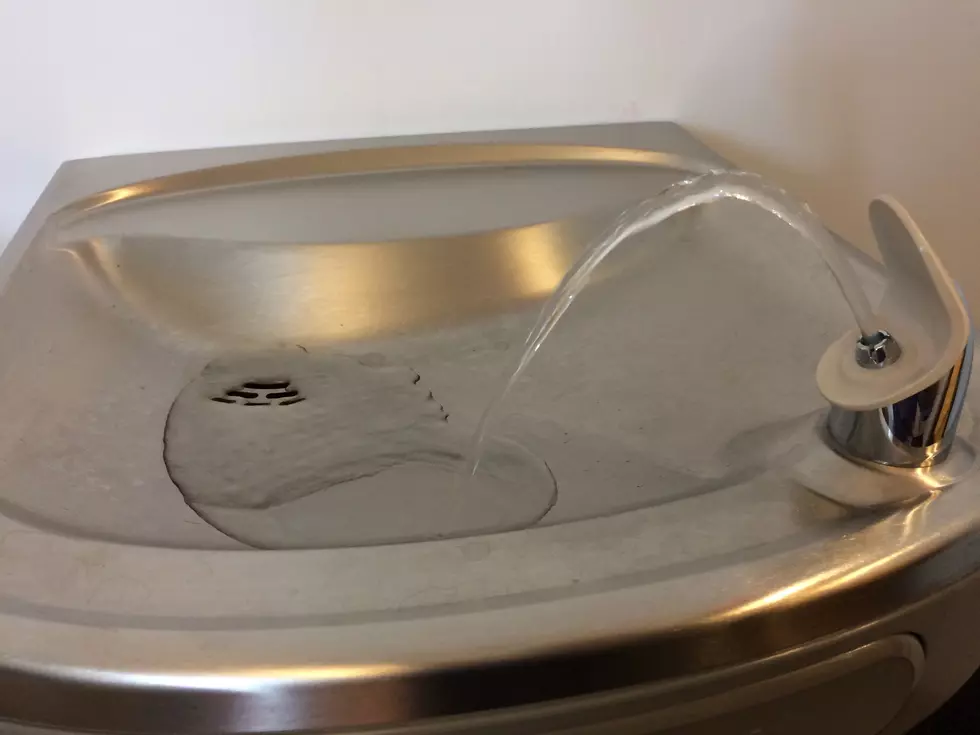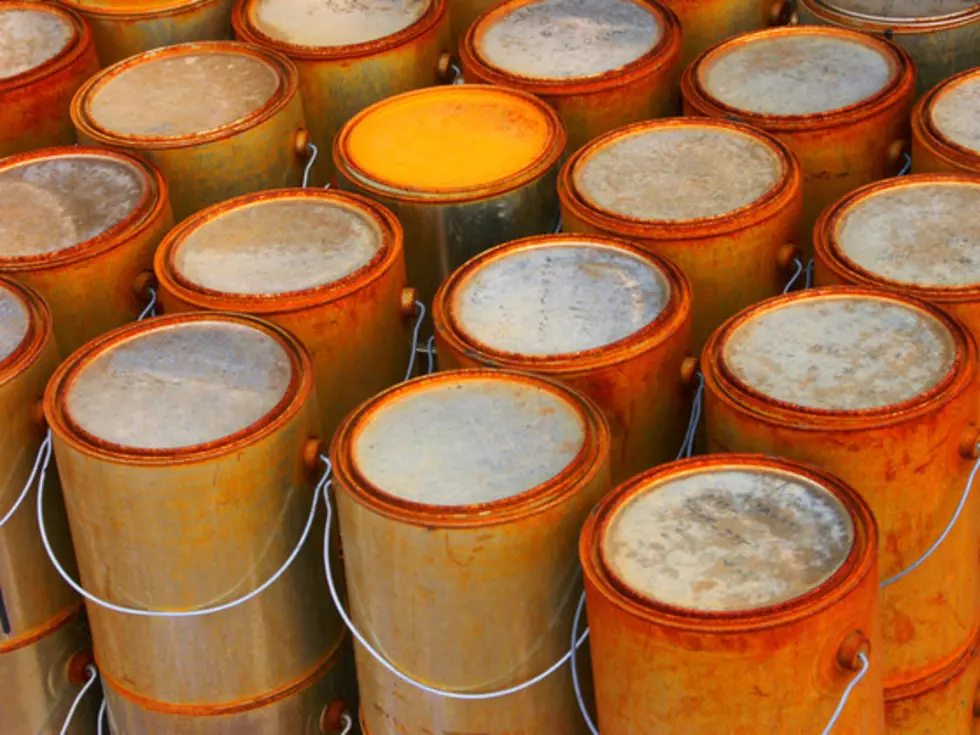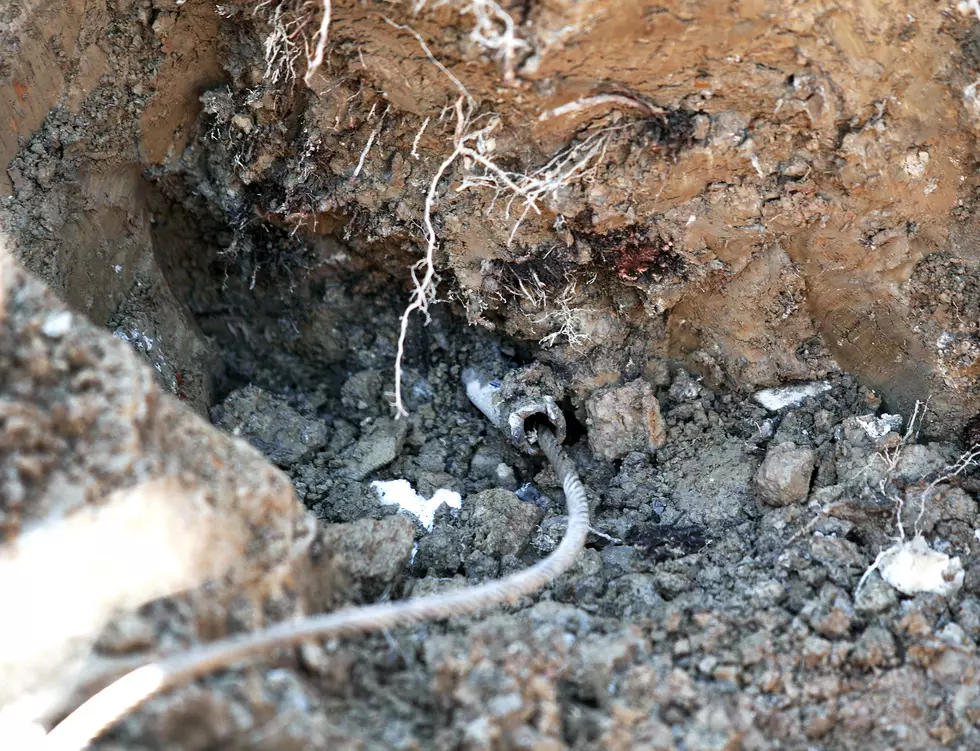
Lead fears grow in Newark schools, but the problem isn’t new
In New Jersey's biggest city, fears are growing over lead in the school district's water after a lab found elevated levels in nearly half its schools. The Newark district quickly shut off sinks and fountains in 30 buildings and has offered to test as many as 17,000 kids for contamination.
But the problem isn't new for the state's largest school district. Testing has shown elevated levels in some buildings over the last few years. And the district has been addressing issues of lead in the water since at least 2003.
The highest lead levels found in the water in Newark's schools, however, are far lower than those found in homes in Flint, Michigan, which is experiencing a crisis after the city changed its water supply.
Water also poses a relatively small risk of lead poisoning compared to more common sources, such as lead paint.
"One square centimeter of lead paint, about the size of your pinkie nail, has two times what you'd get from drinking a quart or water from highest level of lead in one the schools," said Dr. Steven Marcus, executive director of the New Jersey Poison Information & Education System at Rutgers University.
Here are some questions and answers on the situation:
HOW LONG HAS NEWARK KNOWN ABOUT LEAD IN THE WATER?
The district has been tackling the issue of lead coming from water sources, such as old sinks, in some schools since at least 2003, according to the federal Environmental Protection Agency.
John Martin, an EPA spokesman, said the agency found elevated levels in two of Newark's schools that year. It offered the district help in addressing the problem. But he said Newark turned down the offer because it had its own lead remediation program in place.
Newark schools superintendent Christopher Cerf recently acknowledged that the district has been addressing issues of lead in water sources for more than a decade. For instance, the district had been replacing faucets and adding filters after taps showed higher levels of the toxin.
The district has only started to release test results to the public. But in each year since 2012, an outside laboratory has found elevated levels in the taps of some school buildings. For instance, 15 percent of the water samples taken during the 2014-15 school year showed amounts of the toxin that require action from school officials.
WHAT IS THE SCHOOL SYSTEM DOING TO ADDRESS THE PROBLEM?
Newark is working with the state Department of Environmental Protection as well as the EPA to tackle the issue. Efforts include testing every tap at every school. The district is also offering blood tests of as many as 17,000 kids who were potentially exposed.
HOW MUCH OF A PUBLIC THREAT IS LEAD CONTAMINATION IN NEWARK SCHOOLS?
The district says that the highest readings of lead were found in water sources not typically used for drinking and food preparation, such as a utility sink.
But looking at the big picture, paint - not water - should remain the biggest concern when it comes to lead poisoning, according to Dr. Marcus of Rutgers' poison center. He added that other items, such as the Mexican candy Tama Roca and a south Asian eyeliner known as Khol, have far higher levels of lead.
"We had 18 children in about the last year or year and a half who were hospitalized and treated for lead poisoning," he said. "The primary source was not water."
(Copyright 2016 The Associated Press. All rights reserved. This material may not be published, broadcast, rewritten or redistributed.)
More From New Jersey 101.5 FM









